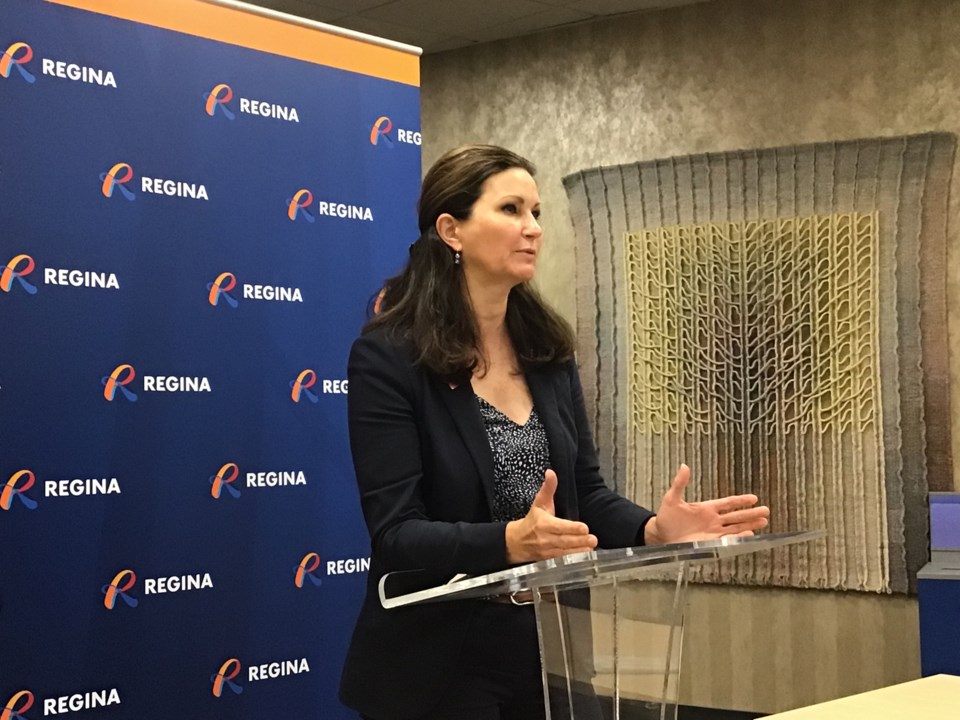REGINA — Asset management has been an issue discussed at length at municipal councils in Saskatchewan, and on Wednesday it was Regina’s turn.
At their Executive Committee meeting Wednesday, Regina council has approved a recommendation for an asset management policy for the city, which now goes to council next week.
According to the city’s document, asset management is defined as “an integrated business approach within an organization that minimizes the lifecycle costs of owning, operating and maintaining assets at an acceptable level of risk, while continuously delivering established levels of service and effectively and efficiently achieve our strategic plan.”
It’s a discussion other city councils, such as North Battleford, have had at length in the past few years, with that city putting in place a dedicated asset management policy.
Now Regina is having the same discussion on how to manage an estimated $12.9 billion dollars in assets.
The issue is that "there is a funding gap in terms of the long-term maintenance and renewal, and investment required on the assets,” said Mayor Sandra Masters following the meeting.
The thinking at City Hall administration is that it was time to put a policy in place, to make up that projected funding gap for each of the 14 service areas of the city and maintain the current levels of service.
At Executive Committee Wednesday, councillors were presented with a report on the state of the city’s infrastructure which outlined the extent of those gaps. In that report, Regina’s 20-year infrastructure funding gap was projected to be $655 million.
The biggest gap is in transit, which has capital funding of $84.8 million but an investment need of $302.3 million for an investment gap of $217.5 million. For civic facilities the gap is $145.5 million, for transportation $136.5 million and parks and recreation, $62.4 million, as examples.
The good news, said Masters, is water, wastewater and stormwater are all self-financing models in terms of how those are charged out, and so there are no funding gaps there. For the others, there are “some small and some very large gaps from a funding perspective.”
To address it, administration has come up with an asset management policy, and Mayor Masters has indicated administration will be looking at ways to address those gaps.
“I think what administration will be doing is addressing some of those gaps in terms of information as well as making sure we are quantifying all of our assets, and then coming up with a plan long-term for how to address that funding,” said Masters.
The recommendations on the asset management policy will come back to council again at their next regular council meeting Oct. 12.




